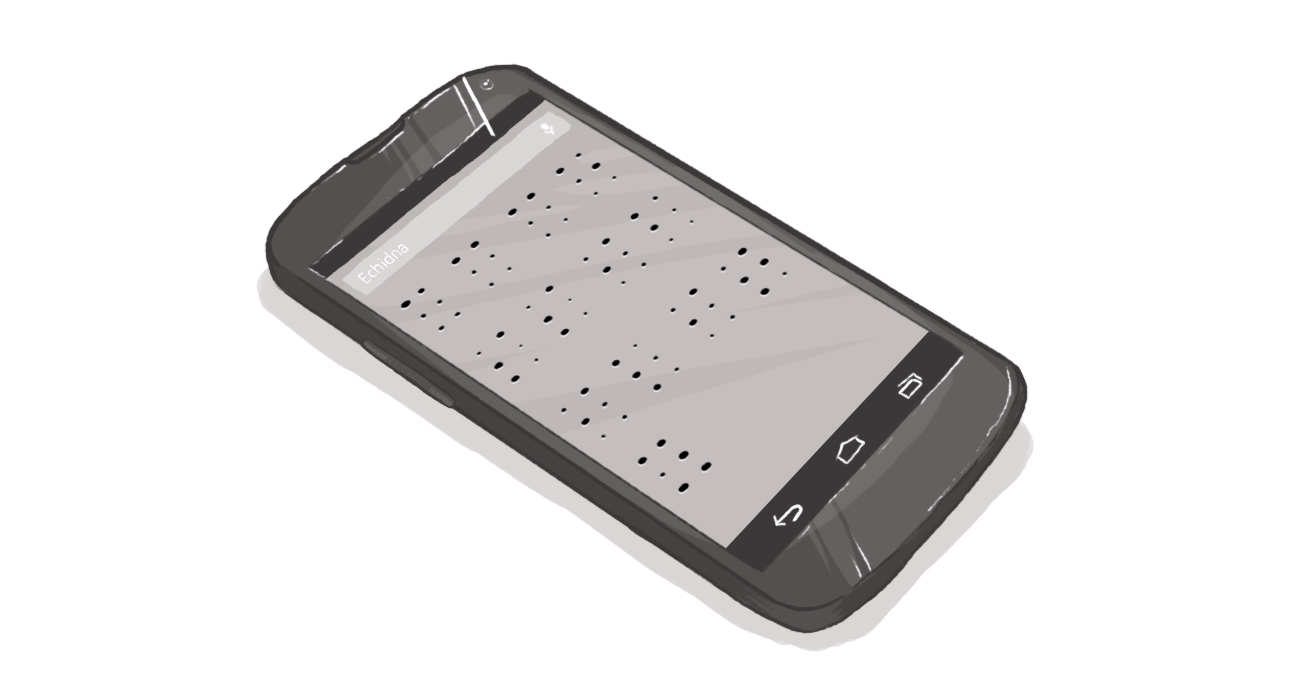Headphone Change Could Leave Adaptive Tech Users Feeling Unplugged

For most people, 3.5 mm is an insignificant distance. But for users of adaptive technology it might prove to be a bit too far of a gap to bridge.
Recently I read a rumour that Apple may potentially remove its 3.5mm headphone jack in its next iPhone in order to make the device 1mm thinner. While just a rumour at this stage, it has been reported widely enough that it would seem credible.
The news has served to spark some interesting discussion both by users of adaptive technology and those in the mainstream.
Judging by the online comments of mainstream users, opinion is divided. Some resent having to buy an additional adapter to connect the phone’s proprietary lightning port to a 3.5mm jack on other devices. Others complain that they don’t want to lose the ability to charge their phone and use earpods or other output devices simultaneously. And on the other side of the debate, there are those who believe Bluetooth or wireless headphones will be equally effective, so it’s not a significant issue.
But for users of adaptive technology, namely text-to-speech programs, the concerns are greater. It’s not just a matter of convenience or annoyance about having to buy a new adapter. There are many who believe such a change could seriously limit the iPhone’s functionality.
Many, including myself, use headphones regularly with their phone. It talks, so not having headphones means I am either irritating those around me or lessening my privacy by letting those around me hear what I’m using my phone for at the time.
Though my personal phone has its text-to-speech software running at full speed, many do not, so everything they’re doing is heard clearly by anyone in the immediate vicinity. If I want to charge my phone, or connect it to another device, I can’t listen to my notifications in relative privacy. Like the mainstream commenters, many in the blindness community have expressed concerned about the need to carry another adapter with them for older models of headphones.
Though wireless headphones would seem to be an acceptable option, Bluetooth audio causes text-to-speech to become sluggish and less responsive on the iPhone. And those who use hearing aids where the most ideal audio comes from a line-in cable from their aids to their phone, have no other option than to use the 3.5mm jack if they want to use their phone at all.
This is not to say that changes in technology are necessarily a bad thing; market disruption is a common enough phenomenon in the technology field. After all, the iPhone itself – the first phone to come with built-in accessibility features and a touch screen the blind could use – broke the mould in many respects that few could have imagined and of which many were sceptical. There are certainly those in the blindness community now who are unphased by such a change and accept such things as inevitable.
But changing such an industry standard as an earphone jack, with no obvious non-proprietary alternative, is not ideal for anyone – from the third-party vendors who may need to manufacture new devices to work with the iPhones of the future, to the deaf/blind end-user unable to connect his or her hearing aids by any other means. For those of us somewhere in the middle, it’ll be an inconvenient adjustment at best and a new accessibility challenge at worst.
I am sure a compromise will come, and I know I will adjust as necessary. But for those with higher needs than mine, I am hoping this rumour is just the stuff of fiction.
What does Apple dropping the 3.5 mm headphone port mean for adaptive tech users.
SUBSCRIBE TO OUR E-NEWSLETTER
 Subscribe
Subscribe


